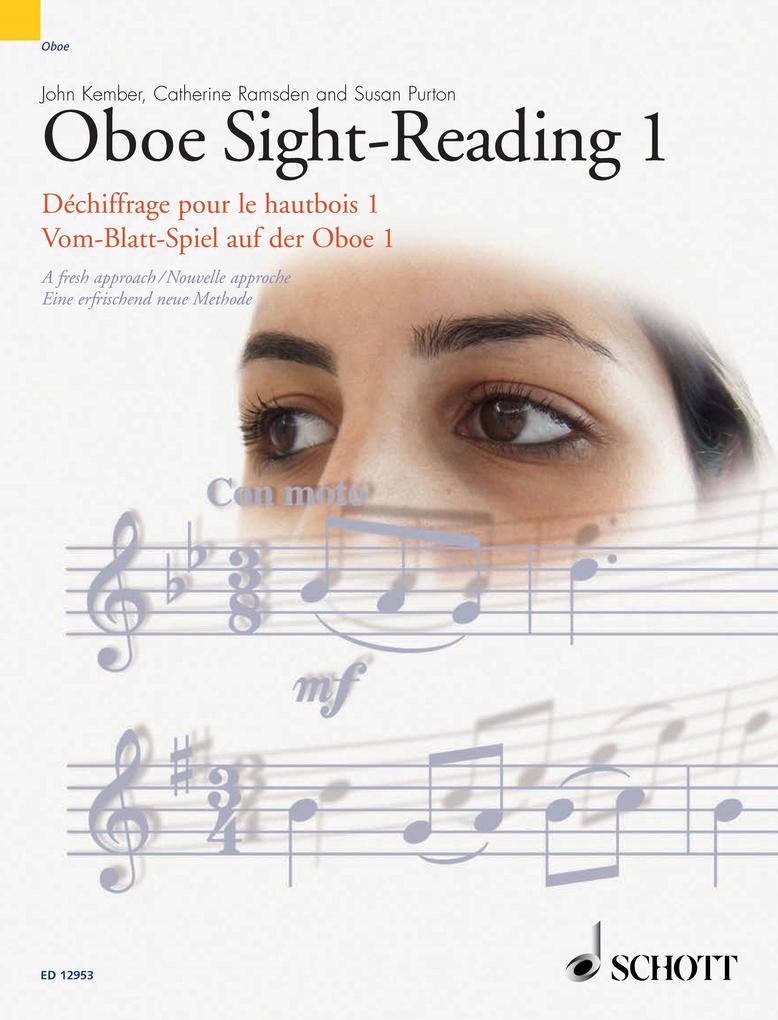
Sofort lieferbar (Download)
- An approach based on self-learning and recognition of rhythmic and melodic patterns
- Original tunes rather than abstract sight-reading exercises
- 195 carefully graded pieces in a range of musical styles
- Eight sections related to the technical development of the oboist, with tunes using three notes to tunes with a range of nearly two octaves, from low D to high C
- Each section concludes with a set of duets and accompanied pieces for practice of ensemble sight-reading
- Tunes progress to all key signatures up to two sharps and flats
- Preliminary towards grade 5
- Original tunes rather than abstract sight-reading exercises
- 195 carefully graded pieces in a range of musical styles
- Eight sections related to the technical development of the oboist, with tunes using three notes to tunes with a range of nearly two octaves, from low D to high C
- Each section concludes with a set of duets and accompanied pieces for practice of ensemble sight-reading
- Tunes progress to all key signatures up to two sharps and flats
- Preliminary towards grade 5
Inhaltsverzeichnis
Preface - To the pupil: why sight-reading? - Section 1: Notes G, A and B - Section 2: Notes G-C, slurs and quavers - Section 3: Notes D-D with F# - Section 4: Introducing Bb, F natural, and G# - Section 5: Extending the range to high G; introducing C# and D# - Section 6: 3/8 and compound time; introducing Eb and high A - Section 7: Extending the range to high Bb and B natural - Section 8: Semiquavers in simple and compound time, high C - Glossary
Mehr aus dieser Reihe
Produktdetails
Erscheinungsdatum
02. September 2020
Sprache
englisch, deutsch
Seitenanzahl
80
Dateigröße
11,58 MB
Reihe
Schott Sight-Reading Series
Autor/Autorin
John Kember
Herausgegeben von
Catherine Ramsden, Susan Purton
Verlag/Hersteller
Kopierschutz
mit Wasserzeichen versehen
Family Sharing
Ja
Produktart
EBOOK
Dateiformat
PDF
ISBN
9783795799687
Entdecken Sie mehr
Bewertungen
0 Bewertungen
Es wurden noch keine Bewertungen abgegeben. Schreiben Sie die erste Bewertung zu "Oboe Sight-Reading 1" und helfen Sie damit anderen bei der Kaufentscheidung.

































